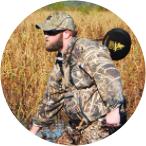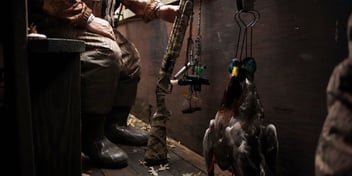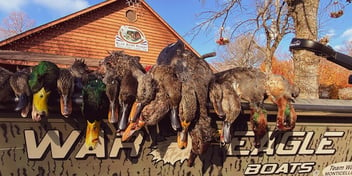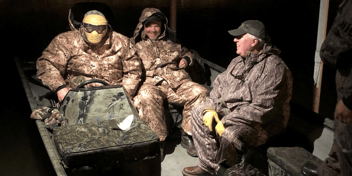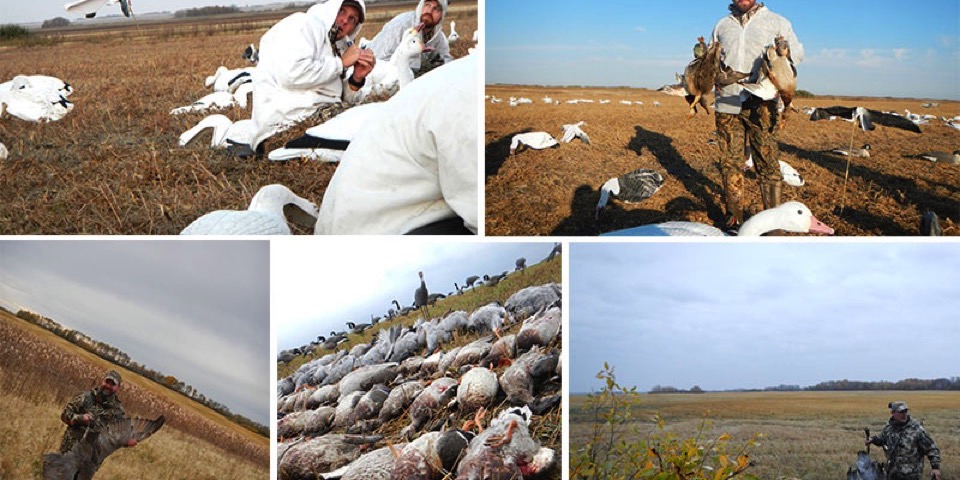
It was sunny, warm, and we were in the field late. The morning’s flight of honkers had already started and the outfitter was scrambling to set the rig just right. We jumped in shabby blinds and hunkered down. For 30 minutes geese piled in, almost giving up as they reached the point of no return. The hunt was quick, epic, and exactly how it should be on your first hunting trip to the Canadian prairie.
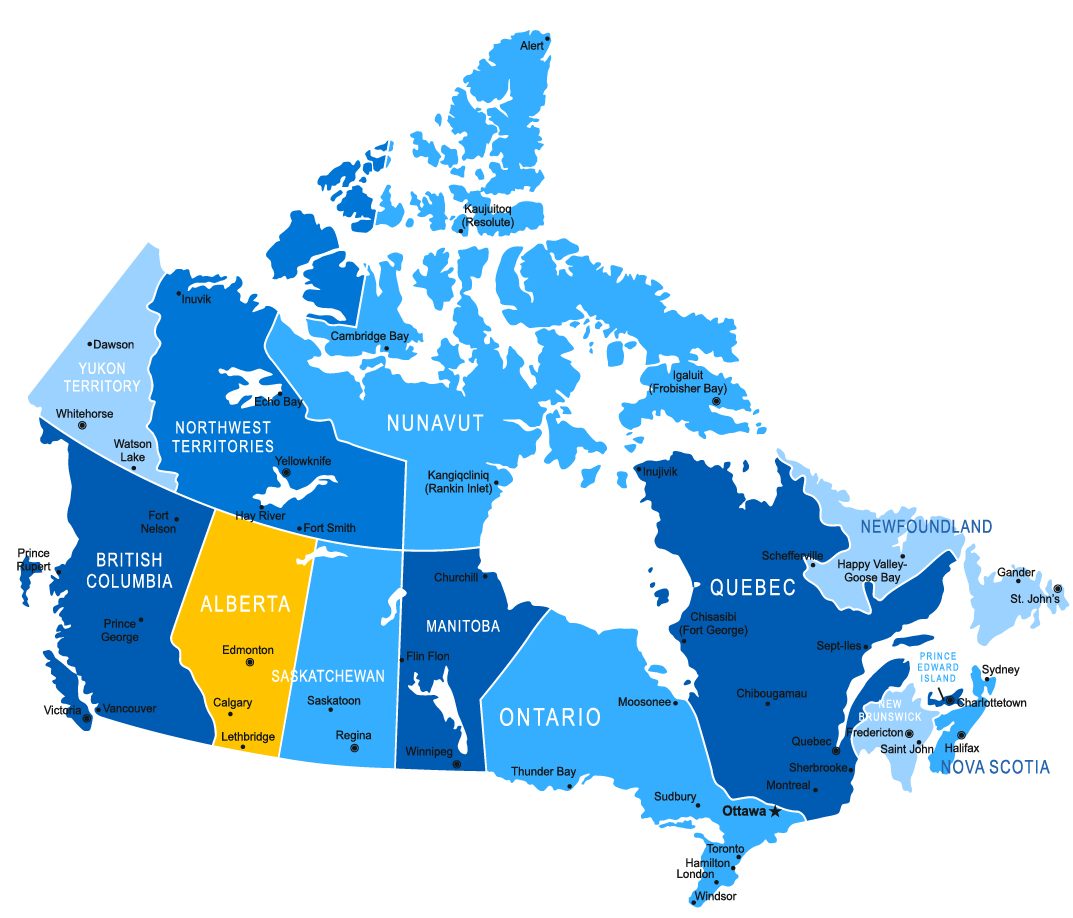
When those first birds broke over the tree line and started flipping sideways, dumping air, and landing at the end of our shotgun barrels…it was an experience every core waterfowler should have. Unfortunately, the rest of our trip hunting in Canada was mostly a bust, saved only by the company of good friends—new and old—back at goose camp. Our outfitter put us on one good shoot—and that was the end of that. He was lazy, didn’t scout much, and showed up late every morning, sometimes taking us to multiple fields because other hunters were already set up on the X. It’s a fact of life when you hunt Canada on a whim. That’s why doing your homework is important. Follow these simple rules, and you'll have the trip of a lifetime.
Canadian hunting outfitters
If it’s your first time hunting in Canada, you should use their hunting outfitter. But do the research. Don’t go with an outfitter unless you know other hunters who have used their services and been treated well. There are plenty of outfits only interested in taking your money, so don’t just go with someone because it looks like they have an awesome lodge or say they hunt out of new layout blinds, over new decoys, and have a few images of killer hunts on the website. It’s fine if you want to DIY but go with someone who knows the area, or ask if you can tag along with a buddy who has hunted Canada for years. And remember, the convenience of a good outfitter sometimes outweighs the money you think you’ll save doing it on your own. They have all the gear, do the scouting, cook the meals, etc.
Know the Hunting Laws in Canada
Every province is different, so make sure you research all the laws associated with hunting waterfowl before you go, even if you’re using an outfitter. Don’t rely on what your buddy has told you or an Internet chat room. It’s on you to know the rules. Pay particular attention to the requirements for bringing guns, ammo, and dogs into Canada. I’ve flown and driven to hunt in Canada and had different experiences with different customs agents. Be flexible. Don’t argue with them. They control whether your trip begins or ends at the border.
R.E.S.P.E.C.T.
Canadians are some of the most affable people you will ever meet. Make sure to replicate their politeness when you’re asking for permission to hunt a farmer’s field, eating breakfast in a local diner, or having a few celebratory drinks at the town watering hole after the day is done—it will take you far. I have friends that go back to the same towns in British Columbia, Alberta, Saskatchewan, and Manitoba every September and October to hunt. They are a part of the community during those week-long DIY hunting trips and have had some legendary hunts because they showed respect for the land and people.
Eat What You Kill
Everyone who goes hunting in Canada salivates over the liberal limits, but remember, there are possession laws in place here too, so you need to plan on what you will do with all that bird meat. You can’t eat all of it, so make sure you have a legal way to put the meat to use. We typically donate to farmers and other local families, but check the laws in the province you’re hunting to be 100% sure you’re not breaking any game laws. And remember, you cannot transport breasted out birds, they must stay on the wing for identification purposes.
Keep it Clean
This circles back to the third rule on respect. When a landowner permits you, that’s just the first step. Ask him/her if they have any special restrictions you should follow. For example: Can we drive in the field? Where should we enter the field? Would you like any of the birds? You are probably not the first—nor the last—to hunt that particular spot. And the rest of us might one day want to hunt there too. So leave the field in better shape than you found it. Pick up all empty hulls and trash, and if you see a huge elk, moose, or whitetail, let the landowner know about it. He’ll be interested, trust me. And always follow up at the end of the hunt and say thank you. It might get you on another good shoot at a neighboring farm the next time you go hunting in Canada.
Try out the Pro-Series 
935 Magnum Pro-Series Waterfowl #82042
Even though shooting a sub-gauge has been a trending pattern with waterfowl hunters, Mossberg's 930 and 935 Pro-Series offers 28's specifically for Waterfowl with an engraved receiver and Shadowgrass Blades™ camo that fits in perfectly with your environment. These Pro-Series shotguns were developed with field-proven parts like a stainless steel recoil spring to withstand wet seasons spent in the pit blind.
About the Author
